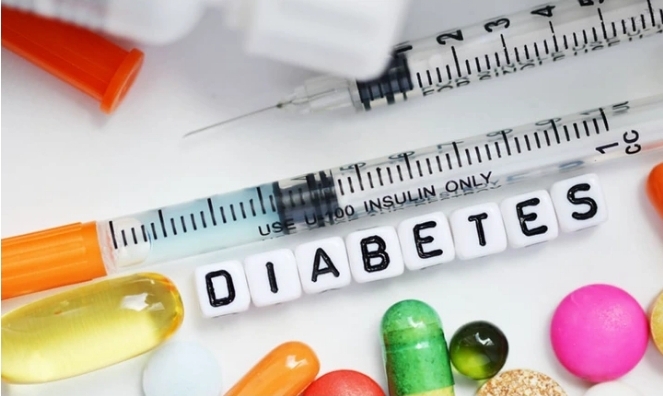Your body is structured in such a way that the glucose (sugar) produced in the body is broken down to produce energy. In this way, you’re supplied with energy to do your work, while your blood sugar level remains normal. However, in some conditions, glucose can be utilized by the body, which leads to an abnormal increase in blood glucose level called Diabetes.
Diabetes has become prevalent in our society. Although it can be treated or brought under control, it is still very pertinent that you understand the health implications of not paying close attention to your body. Diabetes presents so many health complications which you need to avoid. Therefore, maintaining a healthy lifestyle is key.
Because of increased cases of diabetes in our modern world, it is important to know the sign and symptoms that diabetes presents. This helps you to protect yourself as early diagnosis and treatment are key to the management of diabetes to avoid triggering health complications.
According to Healthline.com, MedicalNewsToday.com, and WebMD.com, diabetes usually presents pains moderate to severe pain in different areas of the body, which can help in early diagnosis and treatment. Therefore, you need to pay close attention to your health and look out for the signs to take proper actions. Below are the areas you should look out for:
1. Pains in your joint
It is normal to feel joint pain sometimes due to stress or hard work, but when you feel such pain without any stressful activity, you need to pay close attention to it. Diabetic pain in the joint occurs when increasing the level of sugar in the blood harms the nerve fibers, causing joint pains. It is usually referred to as diabetic neuropathy.
2. Pain in your muscles (including muscle cramps)
Due to muscle wasting mostly witnessed in cases of chronic diabetes, muscle pain develops. This may be localized in muscles of the leg and hands, and can also trigger muscle cramps.
3. Pain in the arm and leg
This is usually linked to diabetic neuropathy, a condition developed due to lesions of nerve fibers in cases of increased blood sugar levels. The pain is usually mild but progresses gradually to severe pain.
4. Pain in your shoulder (frozen shoulder)
According to diabetes.co.uk diabetes can trigger frozen shoulder, also called adhesive capsulitis. This is triggered by the presence of glucose in the collagen fibers around the shoulder. Thus sticking the neighboring collagens together. It causes pain and inflammation around the shoulder area.
Endeavor to meet your doctor if you experience frequent pain in these areas discussed above. In addition, ensure that you have your blood sugar level checked, at least once every month. Always remember that your health is in your hands!

Does it meant that all those joints pain will come up at same time or that they’ll be at interval…I seldomly feel shoulder pain and joint pain ,so I’m thinking if that’s a symptom 😕😩